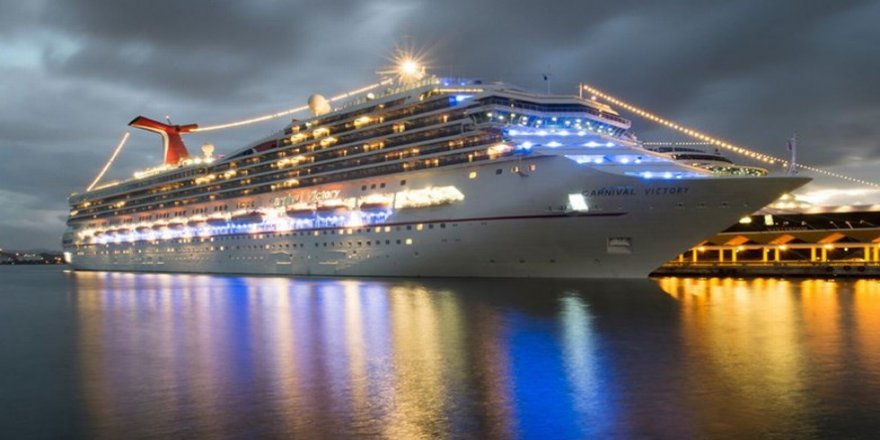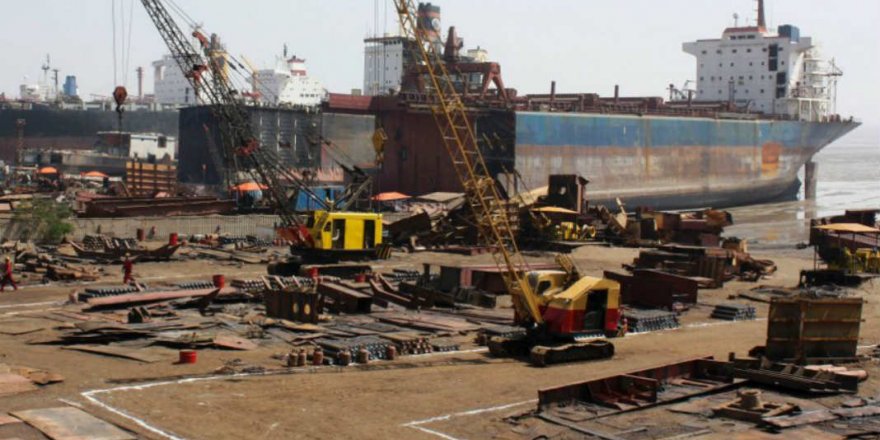
Rotterdam Port unveils its approach to shore power
The Port of Rotterdam has now introduced a comprehensive approach to realizing shore power within various shipping segments, after embarking on an ambitious plan for onshore power use.
In October 2020, the port authority, together with the Municipality of Rotterdam, presented a strategy to implement 8 to 10 new shore power installations over the next five years to learn from them and then accelerate the uptake of shore power in the second part of this decade.
The strategy supports the port's ultimate goal of becoming, in line with the EU Green Deal, a zero-emission port in 2050.
As explained, there are still fundamental uncertainties for market parties, despite the positive results of shore power, and the technical potential of shore power for the shipping industry is still being developed.
According to the Port of Rotterdam, a one-size-fits-all European obligation on ports to install onshore power at every berth would result in very high costs, with the risk of creating lock-in effects hampering zero-emission fuel consumption. It also risks losing momentum for the market parties' commercial interest in shore power, which can currently be seen.
For certain segments and port areas, other measures such as the use of low and zero-emission fuels could be far more cost-effective in terms of emission reduction, the port authority pointed out, but it is certainly not a "no regret" measure that works everywhere.
The port stimulates investments in sustainable fuel production across the entire value chain in order to reduce the emissions of the entire maritime transport chain, provides incentives for ships that use cleaner fuels and develops new safety frameworks and bunkering standards for clean and low carbon fuels, and establishes new bunkering facilities in the port.
Offshore CO2 emissions account for 87% of all Rotterdam-based logistics chain emissions. Public transport in the hinterland is 11% and only 2% of the emissions of berthed ships.
It is important, however, to reduce emissions at the port, in particular to improve the living environment in the surrounding residential areas and to protect vulnerable Natura2000 areas close to the port.
A variety of onshore power infrastructure projects are currently being implemented at the port. One of them concerns Europe's largest green shore power connection to supply onshore wind power to offshore crane vessels at the Calandkanaal. This not only leads to significant CO2 reductions, but also ensures that nitrogen and particulate matter are no longer emitted to the environment by embedded vessels.
Maritime Business World





YORUM KAT